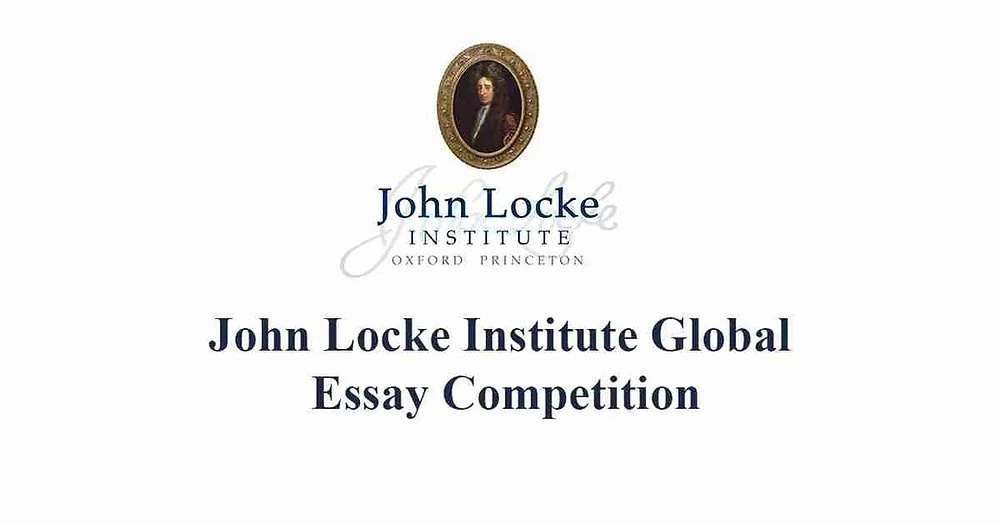Engineering Model Personal Statement
This is the model personal statement of a successful Oxbridge Engineering applicant.
My drive to study Engineering began as a curiosity about why things fail, and then how an understanding of those failures can give us new tools with which to manage unforeseen problems. This first manifested when I joined a kit car team aged 14. There, I could involve myself in different aspects of a diverse project – from the engine to the brakes. A few years later, I was able to drive the car and experience the almost fully functional product of our work, cementing my belief that academia is most useful when it is directly applied and experienced, in turn leading to my decision to apply for Engineering.
The origin of my desire to explore engineering also stemmed from my enjoyment of physics. I find that when mathematical questions concern physical scenarios, the question becomes more interesting, as the solution may demonstrate hidden physical relationships, or a result that can be tested and used to construct something.
I have engaged in a number of projects outside of school. Through a physics essay competition I was invited to participate in a particle physics school at CERN. Being at CERN gave me the opportunity to see how large-scale physics and engineering projects function, with cutting edge thermal engineering and computing being put in practice. I have also competed in the UK Space design competition at the national level and co-led the design of a space station on a team of over 50 people. Although we did not win, after the competition I was personally chosen out of 250 people, to fill one of eight spaces on the European team for the International Space Settlement Design Competition, which was held at NASA’s facilities at the Kennedy Space Center. During the competition I was elected as Chief Systems engineer, which gave me the opportunity to co-run a team of over 60 people and to both lead and problem solve in a time pressured environment. The role required that I understood the work of all departments in order to be able to make the correct engineering decision and so it was very rewarding as I had to both learn very quickly and apply the new knowledge as I learnt it.
I have also engaged in projects of my own. For example, I created and displayed a research project at the Tonbridge science conference into the potential chemical and mechanical applications of bioluminescence. I am also an academic scholar at Sevenoaks School and take the extra extension mathematics course to further my understanding in areas such as Taylor expansions, which are critical for engineering approximations. Due to this, I decided to write my IB Extended Essay in mathematics on the modelling of rocket flight within an atmosphere. I have also taken courses in Solidworks to improve my CAD skills, and I have taught myself the basics of Arduino for electronics projects.
Last summer, I spent two weeks at Dogtooth Technologies, a technology start-up specializing in AI and 6-axis robots for automated soft fruit picking. I was given access to their facilities and given the chance to choose what I worked on. So, whilst there, I constructed a robotic component from scratch for testing, helped to improve the computer vision by compiling test data, taught myself some C++ to do data mining, and then used that data for motor optimization. I was also able to apply my knowledge of CAD to model a building interior. It was an opportunity to work independently within a small organization with experienced engineers, which proved to me that I would happy to work in such an environment in the future.
Regarding my co-curricular activities, I am on the England U18 team for smallbore rifle shooting and am the shooting club captain at school. I am also member of the school sixth form committee and have acted as chair, allowing me to better communicate with others. So, I hope to be able to use a degree in engineering to both create and understand increasingly complex systems, while improving my ability to communicate ideas and designs to others.

